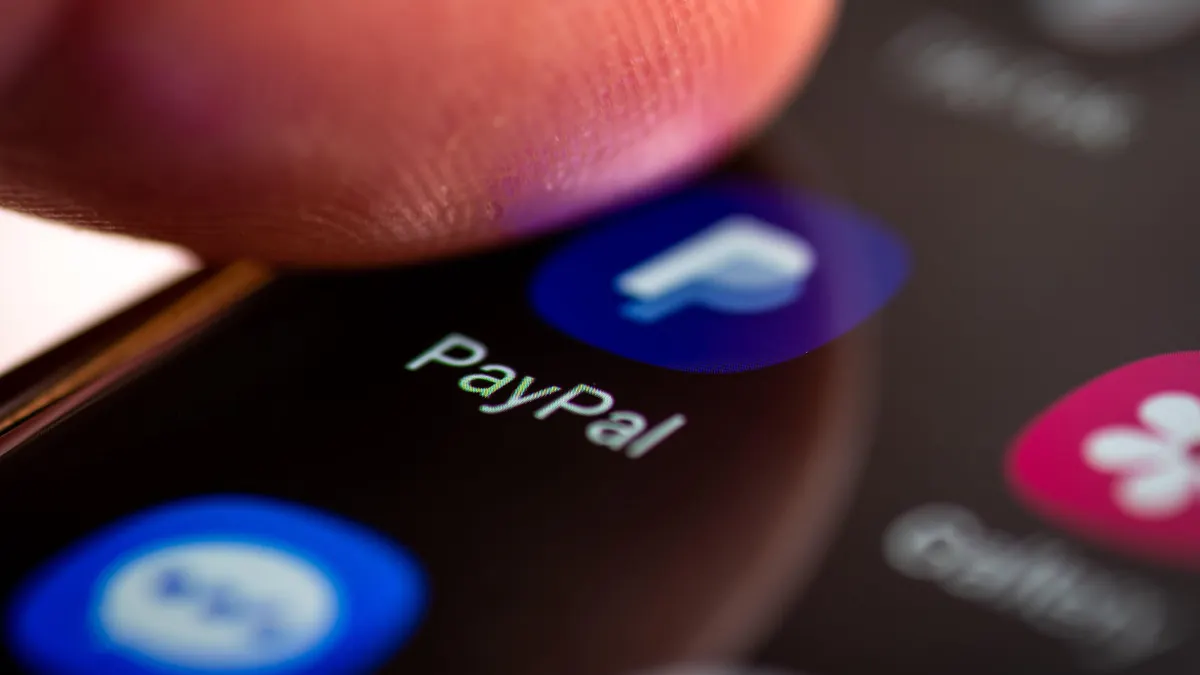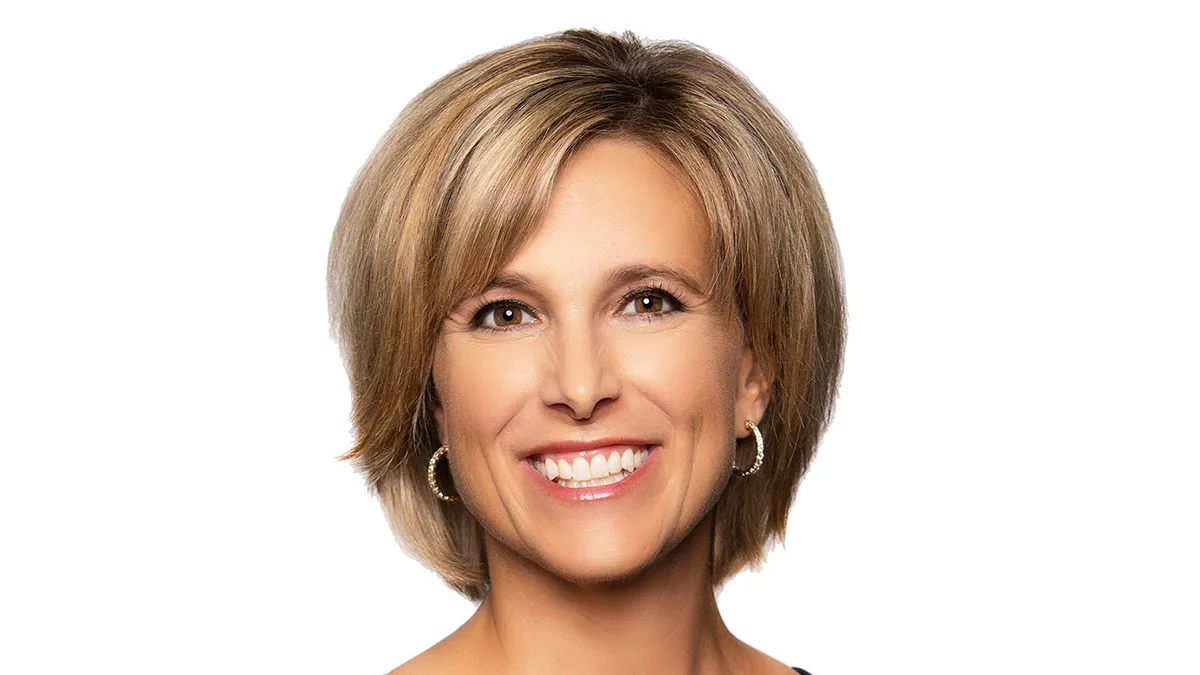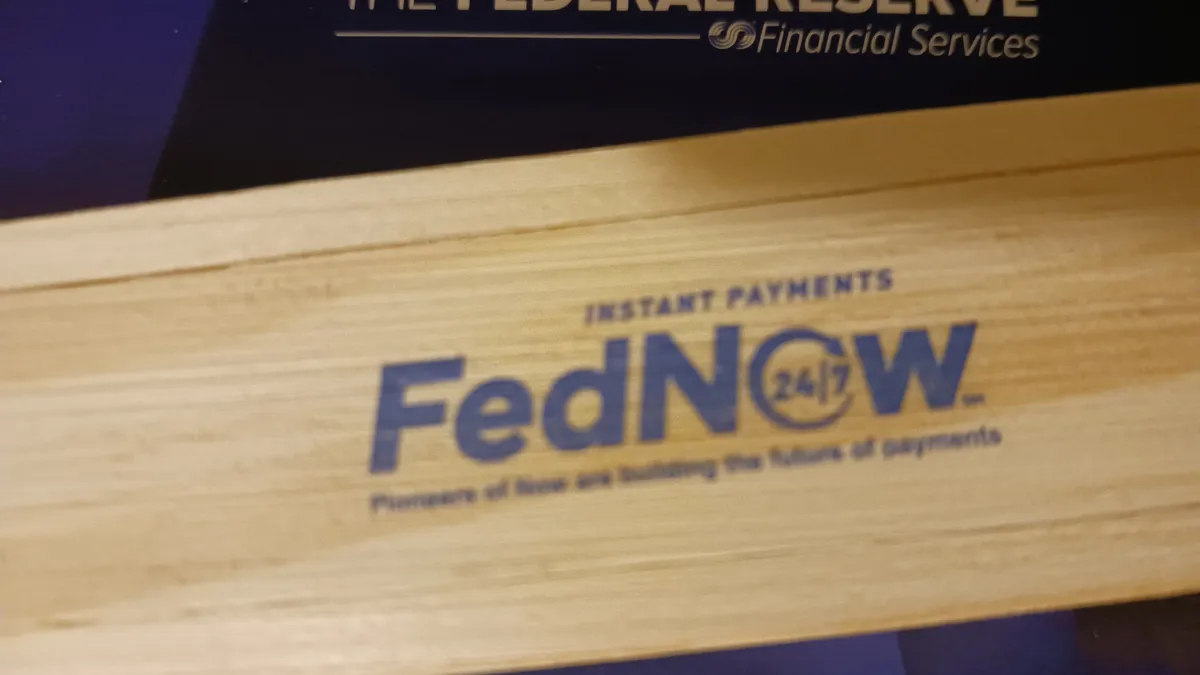Enactment of the Genius Act this year unleashed a stablecoin era, with fintech players racing to develop new tools in that realm. PayPal CEO Alex Chriss views stablecoins as an opportunity more than a threat.
Speaking at a Goldman Sachs conference this week, he dismissed the suggestion from an analyst interviewing him that stablecoins might threaten the existing payments ecosystem, and segued instead to outlining the opportunities they present.
“I don't quite know what a threat to the payment ecosystem means,” Chriss said Tuesday at the Goldman Sachs Communacopia + Technology Conference. “Anytime that you can continue to create more efficient ways to move money and more efficient ways for commerce to occur, that’s an advantage.”

PayPal isn’t the only company testing the stablecoin market in the wake of President Donald Trump’s July signing of the Genius Act, which calls for the creation of a regulatory structure for the cryptocurrencies. Card network giant Visa is also considering stablecoin plays and mega processor Fiserv is mulling how to incorporate stablecoins for use by merchants.
Stablecoins differ from popular crypto types like bitcoin and ether because they are expected to be pegged to a stable instrument, typically a fiat currency, and would therefore presumably be less volatile than free-floating alternatives.
PayPal created its own stablecoin, PayPal USD, back in 2023, pegged to the dollar on a one-to-one basis. That seems almost early in stablecoin history now, having been developed when Chriss’ predecessor, Dan Schulman, was still in charge.
More recently, the San Jose, California-based digital payments behemoth has been exploring cross-border and business-to-business stablecoin use cases. It’s also working with the digital asset network company Mesh to power a new pay-with-crypto conversion tool to connect cryptocurrencies and stablecoins for shoppers and merchants. And Chriss sees peer-to-peer and business-to-consumer stablecoin payments possibilities.
The key is knowing that consumers just want to be able to pay digitally in simple form, Chriss contended. “I see stablecoins as just the next evolution of payments, and it’s a great opportunity for us to remove unnecessary friction and unnecessary cost from the ecosystem,” he said.
Still, the PayPal CEO acknowledged that stablecoins aren’t likely to be a common payments method anytime soon. And he doesn’t foresee consumers using several different stablecoins, even as people increasingly gravitate to digital wallets.
“It's going to take time,” Chriss said. “The first use cases are likely to be cross-border use cases, which have the most friction. So, this will take time to build, but it's [an area] where we think we're well-positioned to lead going forward.”












